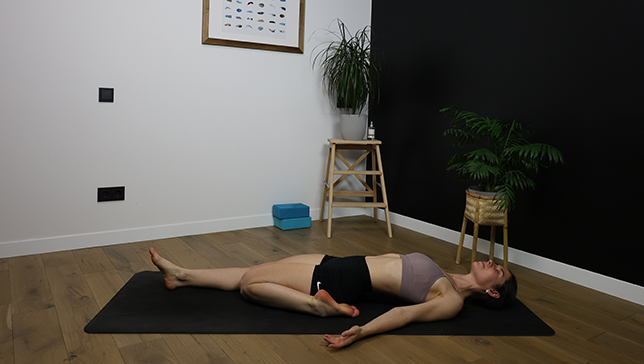
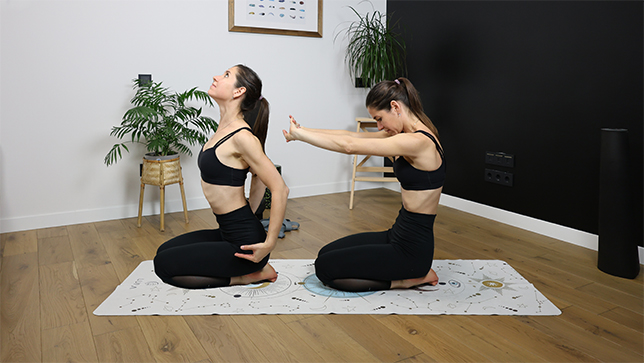

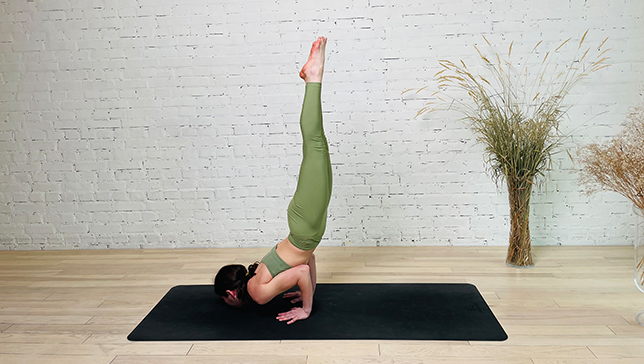

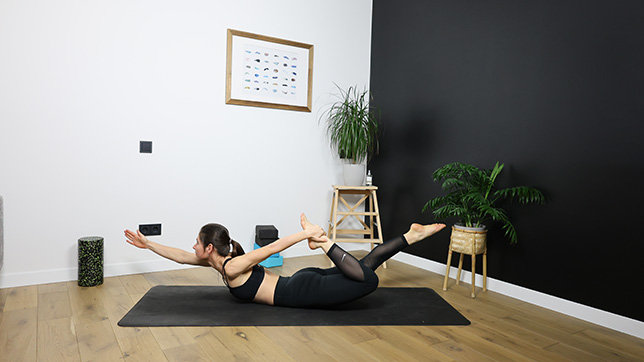
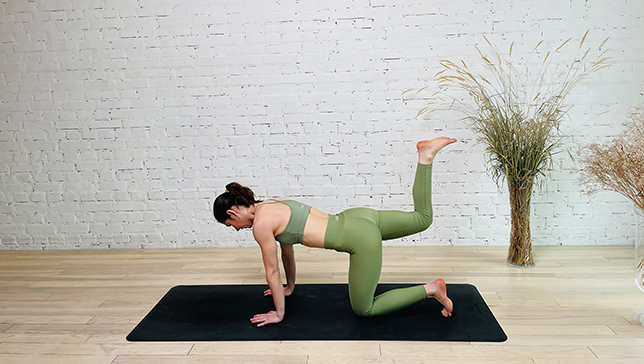
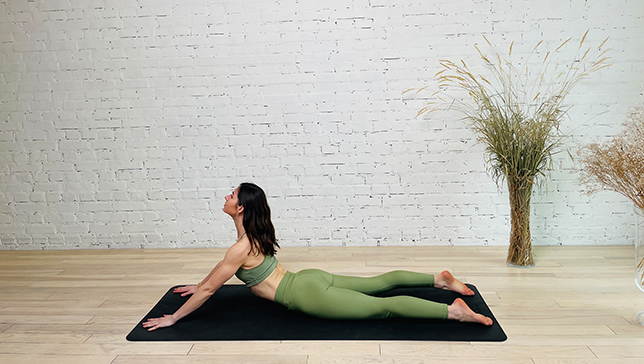
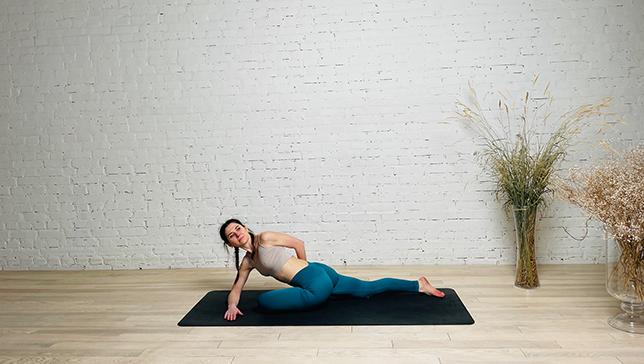
We use cookies to help you navigate efficiently and perform certain functions. You will find detailed information about all cookies under each consent category below.
The cookies that are categorized as "Necessary" are stored on your browser as they are essential for enabling the basic functionalities of the site. ...
Necessary cookies are required to enable the basic features of this site, such as providing secure log-in or adjusting your consent preferences. These cookies do not store any personally identifiable data.
Functional cookies help perform certain functionalities like sharing the content of the website on social media platforms, collecting feedback, and other third-party features.
Analytical cookies are used to understand how visitors interact with the website. These cookies help provide information on metrics such as the number of visitors, bounce rate, traffic source, etc.
Performance cookies are used to understand and analyze the key performance indexes of the website which helps in delivering a better user experience for the visitors.
Advertisement cookies are used to provide visitors with customized advertisements based on the pages you visited previously and to analyze the effectiveness of the ad campaigns.
Backbend yoga poses are a category of yoga poses that involve arching the spine and opening up the front of the body. These poses typically stretch and strengthen the muscles along the back of the body, including the spine, shoulders, chest, and hip flexors. Backbends are often invigorating and can help improve flexibility and posture. They also stimulate the nervous system and can be uplifting for the mood.









There are various types of backbend yoga poses, each offering unique benefits and challenges. Here are some common types of backbend yoga poses:
It’s important to approach backbend yoga poses with caution and proper warm-up, especially if you are new to them or have any back or spine issues. Backbends can be physically demanding and require sufficient flexibility and strength in the spine and surrounding muscles. Always listen to your body, use proper alignment, and avoid forcing yourself into deep backbends before you are ready. If you’re new to backbends or have specific concerns, consider seeking guidance from a qualified yoga instructor
Improves spinal flexibility, promoting a healthy and functional back.
Engages back muscles, supporting the spine and improving posture.
Opens Chest and Shoulders: Counteracts hunching and promotes better upper body posture.
Stimulates Nervous System: Can invigorate and reduce feelings of fatigue.
Emotional Release: May release stored emotional tension and promote well-being.
Pre-existing Back Issues: Caution is needed for individuals with back problems or injuries.
Some backbends may strain the neck, especially if not properly aligned.
Deep backbends may not be suitable for those with uncontrolled high blood pressure.
Osteoporosis: Individuals with osteoporosis should avoid deep backbends or practice with care.